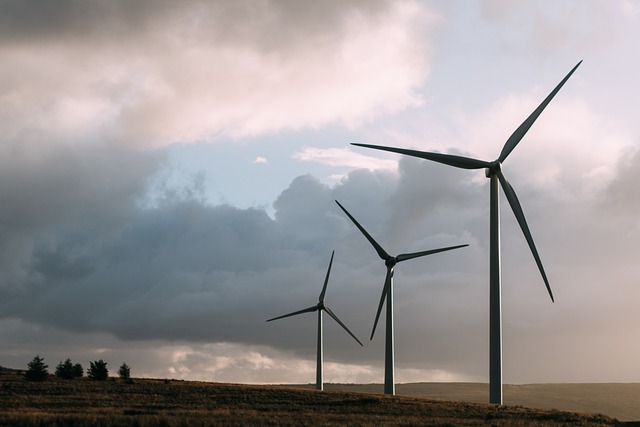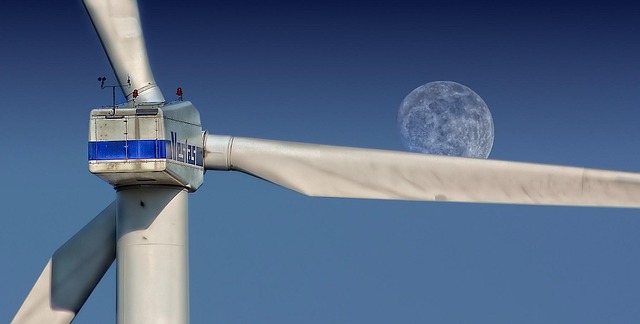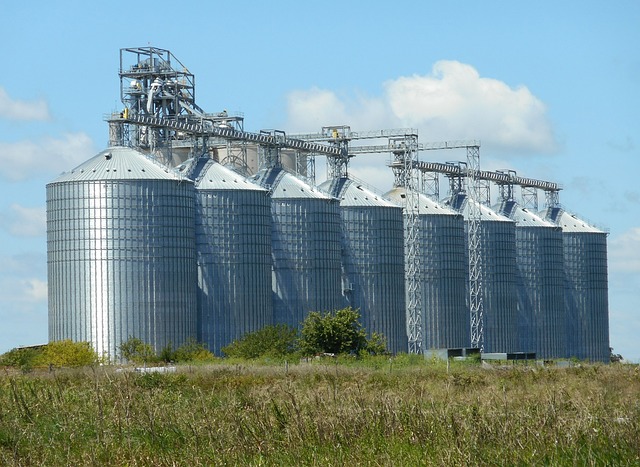Powering the Future: Advances in Energy Storage Systems
In a world increasingly defined by the urgency of climate change and the transition to renewable energy sources, energy storage systems (ESS) play a pivotal role. As we strive for a sustainable future, the integration of innovative technologies in energy storage is imperative. This article delves deep into the advances in energy storage systems, exploring their significance, recent breakthroughs, and future trends that promise to reshape our energy landscape.
The Importance of Energy Storage
Energy storage systems are designed to store energy produced at one time for use at another. This capability is crucial in balancing supply and demand, especially with the rise of intermittent renewable energy sources like wind and solar. As these sources do not always produce energy at peak demand times, effective energy storage becomes essential for maintaining reliability in electrical grids.
Additionally, energy storage systems offer the following benefits:
- Grid Stability: By storing excess energy during low demand and releasing it during peak demand, storage systems stabilize the grid and enhance its resilience.
- Integration of Renewables: ESS facilitates a smoother integration of solar and wind energy, making it possible to harness their full potential.
- Energy Cost Management: By storing energy when it is cheaper and using it when costs are higher, consumers can save significantly on energy expenses.
Types of Energy Storage Systems
The landscape of energy storage is diverse, with various technologies catering to different needs. Some of the prominent types include:
1. Battery Energy Storage Systems (BESS)
The most well-known form of energy storage, battery systems, includes lithium-ion, lead-acid, flow batteries, and emerging technologies such as solid-state batteries. Lithium-ion batteries have dominated the market due to their high energy density and decreasing costs. Recent breakthroughs are pushing the boundaries of battery technology, aiming to extend lifespan, enhance safety, and increase charging speeds.
2. Pumped Hydro Storage
Pumped hydro storage uses two water reservoirs at different elevations. During times of low energy demand, excess electricity is used to pump water to the higher reservoir. During peak demand, the stored water is released to power turbines and generate electricity. This technology, while established, is receiving attention for its ability to store large quantities of energy effectively.
3. Compressed Air Energy Storage (CAES)
CAES systems store energy by compressing air in underground caverns. During times of high demand, the compressed air is heated and released to drive turbines for electricity generation. This method holds potential due to its ability to utilize large-scale facilities, though it requires specific geological formations.
4. Thermal Energy Storage
This approach involves storing energy in the form of heat. Concentrated solar power plants often use thermal storage by heating a medium (such as molten salt), which can later generate steam to drive turbines. The efficiency and capacity of thermal energy storage continuously improve, making it a viable option for large-scale applications.
5. Flywheel Energy Storage
Flywheels store energy mechanically by accelerating a rotor to very high speeds. The energy is extracted from the system as kinetic energy is converted back into electrical energy. Flywheels are notable for their ability to discharge energy quickly and efficiently, making them suitable for applications requiring rapid response times.
Recent Advances in Energy Storage Technologies
Significant research and development efforts are underway to enhance energy storage technologies. Some notable advances include:
Solid-State Batteries
One of the most promising breakthroughs in battery technology is the development of solid-state batteries. Unlike traditional lithium-ion batteries that use liquid electrolytes, solid-state batteries utilize solid electrolytes, improving safety and energy density. Manufacturers aim to commercialize solid-state batteries to enhance electric vehicles’ range and battery lifespan.
Recycling and Sustainability
As the demand for batteries increases, the focus on sustainability and recycling has intensified. Innovative recycling processes aim to reclaim valuable materials from used batteries, reducing environmental impact and resource depletion. Companies are exploring new techniques to enhance the recovery rates of lithium, cobalt, and nickel, which are critical for battery manufacturing.
Artificial Intelligence in Energy Storage
Artificial intelligence (AI) is increasingly being integrated into energy storage systems to optimize performance and efficiency. AI algorithms can predict energy demand patterns and adjust storage operations accordingly, ensuring that energy is stored and released at optimal times. This tech-driven approach can significantly enhance the economic viability of energy storage systems.
Advanced Supercapacitors
Supercapacitors serve as a bridge between traditional capacitors and batteries, offering high power density and rapid charge/discharge capabilities. Recent advancements have focused on increasing their energy density, making them suitable for more extensive applications, including in electric vehicles and renewable energy systems.
Future Trends in Energy Storage
The future of energy storage systems is bright, and several trends are likely to shape the landscape:
Decentralized Energy Storage
As distributed energy resources (DERs) like rooftop solar panels become more common, decentralized energy storage systems are likely to gain traction. Homeowners and businesses will increasingly invest in energy storage solutions to reduce reliance on the grid and enhance energy independence.
Grid-Scale Energy Storage Solutions
Governments and utilities worldwide are investing in large-scale energy storage projects to complement renewable energy generation. These grid-scale systems will enhance grid stability and provide essential support for integrating renewables into the existing infrastructure.
Integration with Electric Vehicles
The growing adoption of electric vehicles (EVs) creates opportunities for vehicle-to-grid (V2G) technologies. EVs can serve as mobile energy storage units, allowing users to discharge energy back to the grid during peak demand. This capability will help stabilize the grid and maximize the use of renewable energy.
Policy and Economic Support
Government policies and incentive programs aimed at promoting energy storage adoption are essential for the growth of this sector. As policymakers prioritize clean energy solutions, supportive regulations and financial incentives will play a significant role in driving innovation.
Challenges Ahead
While the advancements in energy storage technologies are promising, several challenges need addressing:
Cost and Economic Viability
Despite the decreasing costs of some storage technologies, large-scale adoption is often hindered by upfront costs. Continued research and development are essential for making energy storage systems more affordable for consumers and businesses.
Materials and Supply Chain
The demand for critical materials in batteries, such as lithium and cobalt, raises concerns about supply chain sustainability and geopolitical tensions. Developing alternative materials and improving recycling processes will be vital for long-term success.
Regulatory Frameworks
The complexity of regulatory frameworks around energy storage can slow down innovation. Harmonizing regulations at local, state, and national levels can streamline the deployment of energy storage solutions.
Conclusion
As we move toward a more sustainable energy future, the advances in energy storage systems hold transformative potential. These systems are essential for enabling the widespread use of renewable energy sources, enhancing grid stability, and promoting energy independence. While challenges remain, the ongoing innovation in storage technologies, coupled with supportive policies and increased public awareness, will be instrumental in driving a greener future. With energy storage leading the charge, we are on the brink of a revolutionary change in how we generate, store, and consume energy.










